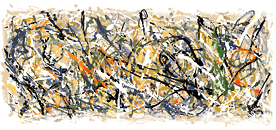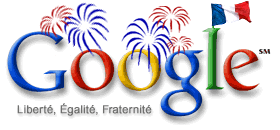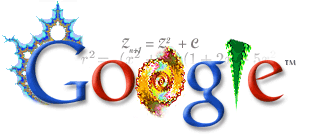I am also really happy that there was a lot of positive response to my map. I wanted to re-create my own experiences with food on campus, which are wide-ranging and not typical of all St Marys students, though I do share a lot of things with the campus as a whole, like the great room or free food from lectures. I also include a lot of unique experiences and information, such as dumpster diving, the health co-op, and picnicking in historic. I also have different associations and connections with some of the places on campus; Caroline, which has vending machines, will also be linked to Metallica for me since that is what my friend Mike plays while we're eating pizza in his room. The boathouse is connected to the Polar Bear Splash, which I helped organize, as well as sailing and free food in the new boat house. I also wanted to include more than one sense in the map, which is why sounds and songs are sometimes included in the placemarks. I also included an interactivity, and information. Some links take the user to websites, one takes them to my own journey project. With this map, I can hopefully explain and share these experiences I have had regarding food with others.
I thought Bartoz's comment was very interesting and useful--if I brought in more information, like how I did when talking about dumpster diving, it would allow for an even better sharing of my experiences. Recipes, tips for free food, and even rating certain foods in vending machines or the great room would be an awesome addition, and make my map more of an information hub for the campus. I considered doing my project in this vein originally, mapping out all the vending machines and all the free food locations on campus, but I also wanted to skew it to show my perspective of campus, so the user sees how I eat on campus. (How egocentric!) I think that is why I include non-food related objects, like the townhouse pond, with links to photos I've taken of ducks, or the atmospheric moon and ocean sounds of the point. So if I did add more information, it would be very Tara-centric information, like my favorite recipe to cook in the co-op, or the cost of my favorite chips in the vending machine.


 ->
-> 


 ©Bots
©Bots




















 ore 'traditional' holidays such as Christmas, Valentines day, Fathers day, or the Chinese New Year. The first logo Hwang designed for Google was in honor of Bastille day on July 14, 2000, and he is still creating logos (the most recent being Valentine's day)
ore 'traditional' holidays such as Christmas, Valentines day, Fathers day, or the Chinese New Year. The first logo Hwang designed for Google was in honor of Bastille day on July 14, 2000, and he is still creating logos (the most recent being Valentine's day) 




 Brett Baker has the most varied series of paintings. He has several small paintings, intensely textured with layers of paint from years of painting on top of one another. They have been so heavily painted that the colors have approached similarity, and with the size of the paintings, they appear to be portraits with the weight of the small paintings. Baker also includes a large installation painting in the show, facing the wall. The corridor of color that is created involves the viewer entering the painting as well, while we approach the painting seeing the skeleton of the painting canvas.
Brett Baker has the most varied series of paintings. He has several small paintings, intensely textured with layers of paint from years of painting on top of one another. They have been so heavily painted that the colors have approached similarity, and with the size of the paintings, they appear to be portraits with the weight of the small paintings. Baker also includes a large installation painting in the show, facing the wall. The corridor of color that is created involves the viewer entering the painting as well, while we approach the painting seeing the skeleton of the painting canvas. 
